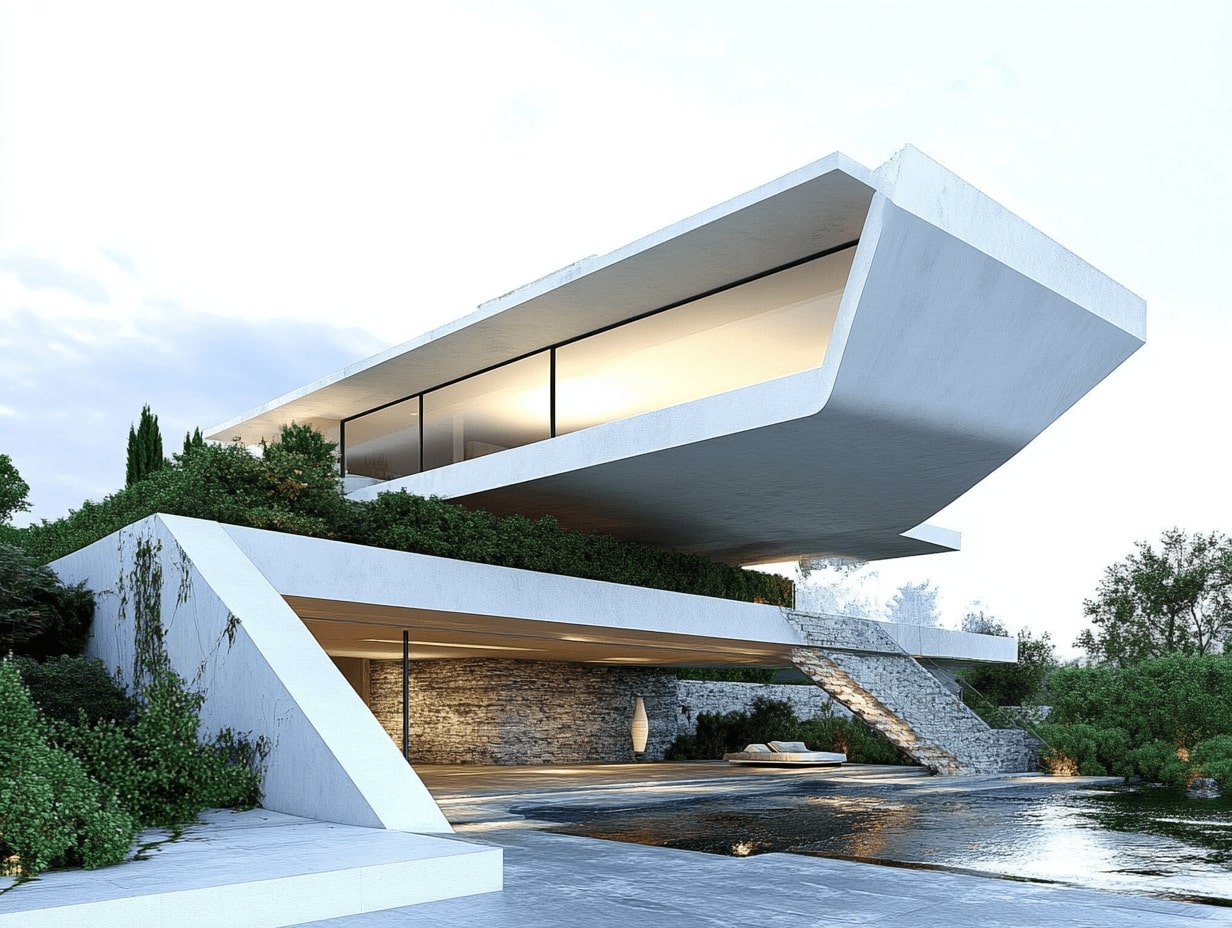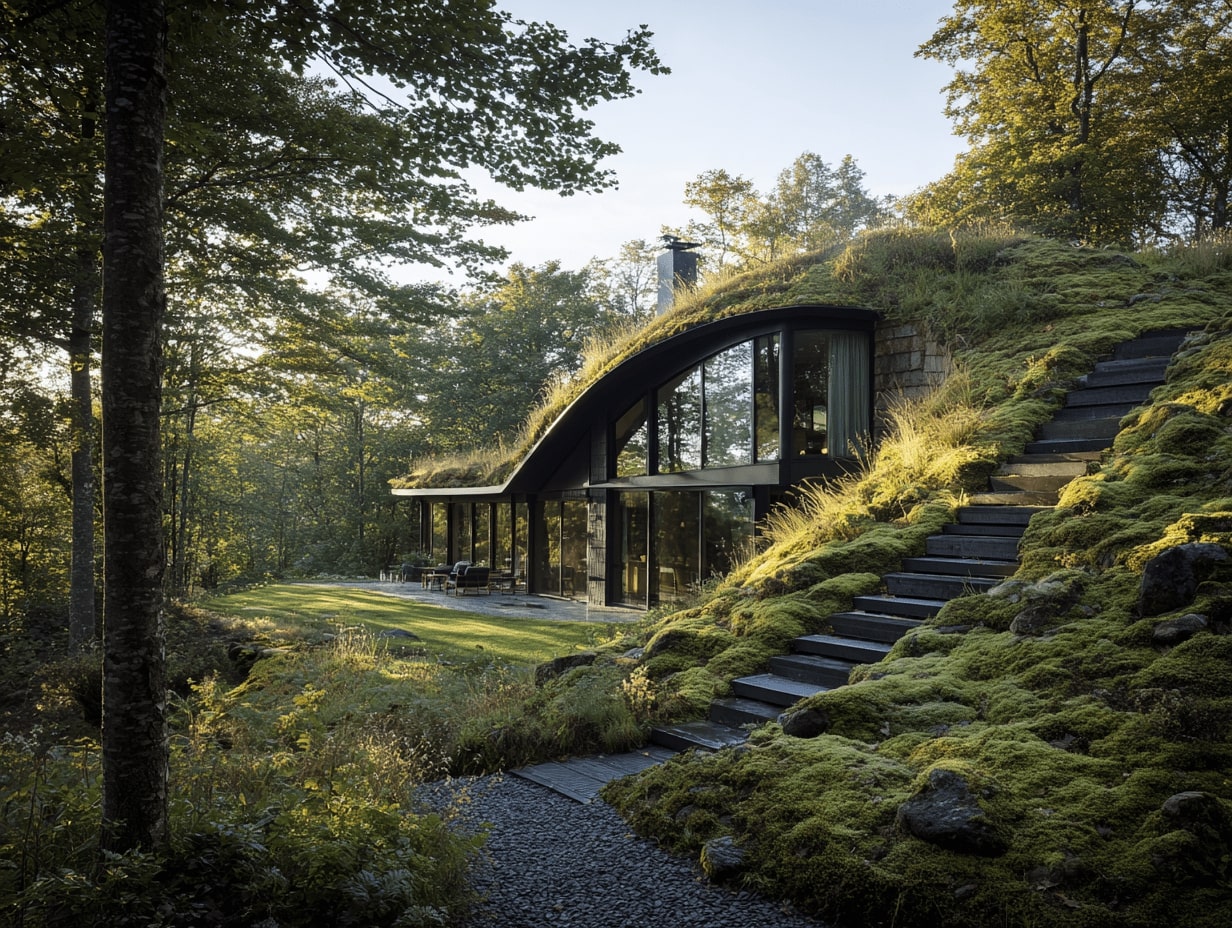- Home
- Articles
- Architectural Portfolio
- Architectral Presentation
- Inspirational Stories
- Architecture News
- Visualization
- BIM Industry
- Facade Design
- Parametric Design
- Career
- Landscape Architecture
- Construction
- Artificial Intelligence
- Sketching
- Design Softwares
- Diagrams
- Writing
- Architectural Tips
- Sustainability
- Courses
- Concept
- Technology
- History & Heritage
- Future of Architecture
- Guides & How-To
- Art & Culture
- Projects
- Interior Design
- Competitions
- Jobs
- Store
- Tools
- More
- Home
- Articles
- Architectural Portfolio
- Architectral Presentation
- Inspirational Stories
- Architecture News
- Visualization
- BIM Industry
- Facade Design
- Parametric Design
- Career
- Landscape Architecture
- Construction
- Artificial Intelligence
- Sketching
- Design Softwares
- Diagrams
- Writing
- Architectural Tips
- Sustainability
- Courses
- Concept
- Technology
- History & Heritage
- Future of Architecture
- Guides & How-To
- Art & Culture
- Projects
- Interior Design
- Competitions
- Jobs
- Store
- Tools
- More
Ultimate Modern Architecture Guide: Styles, Icons, and Sustainable Design Principles
Discover the essence of modern architecture, blending innovation, functionality, and sustainability. Explore its evolution, iconic styles, and pioneering architects like Le Corbusier and Zaha Hadid. From skyscrapers to smart homes, learn how modern design reshapes urban landscapes and inspires contemporary living through clean lines, cutting-edge materials, and eco-conscious principles.

Modern architecture isn’t just about sleek lines and minimalism; it’s a reflection of how we live, work, and connect with our surroundings. It challenges traditional design norms, blending functionality with creativity to shape the spaces we inhabit. From towering skyscrapers to innovative residential designs, modern architecture continues to redefine what’s possible.
As we explore the principles and features of modern architecture, we’ll uncover how it prioritizes sustainability, embraces new materials, and adapts to the ever-changing needs of society. Whether we’re drawn to its clean aesthetics or its forward-thinking approach, modern architecture offers endless inspiration and insight into the future of design.

Table of Contents
ToggleUnderstanding Modern Architecture
Modern architecture prioritizes simplicity and innovation, aligning design with contemporary needs. It values clean lines, functional spaces, and the seamless integration of technology.

Key Characteristics Of Modern Architecture
- Simplicity in Design
Modern structures emphasize clean lines and geometric forms. For instance, rectangular shapes and open-plan layouts dominate many modern homes and commercial spaces.
- Functional Spaces
Spaces are planned for efficiency and usability. This ensures a balance between aesthetics and practical purposes, such as in multi-use office buildings.
- Integration of Technology
Smart-home systems, energy-efficient installations, and advanced construction methods often define modern projects. Solar panels and smart sensors are examples.
- Focus on Sustainability
Modern architecture incorporates sustainable practices. Recycled materials, green roofs, and passive solar design are used to reduce environmental impact.
- Innovative Use of Materials
Glass, steel, and concrete redefine modern architecture. Transparent facades and exposed structural components are hallmarks of this approach.
Historical Context And Evolution
Modern architecture emerged in the late 19th and early 20th centuries. The Industrial Revolution introduced mass production of materials like steel and glass, influencing architecture’s shift from ornamental to functional.
The Bauhaus movement and pioneers like Le Corbusier and Walter Gropius shaped its principles. Their emphasis on functionality, simplicity, and modern materials set the foundation.
Post-World War II, modernism gained further traction. Technological innovations enabled skyscrapers and mass housing, such as New York’s Lever House and Brasília’s government buildings.
Today, it reflects adaptability, responding to contemporary challenges like population density and climate change. Architectural projects integrate history while leveraging modern advancements, ensuring relevance in an evolving world.
Notable Modern Architecture Styles
Modern architecture features various distinctive styles, each reflecting innovation and adaptation. These styles emphasize functionality, unique aesthetics, and context-driven design.

International Style
The International Style focuses on simplicity, functionality, and the absence of decorative elements. Emerging in the 1920s, it became prominent through architects like Ludwig Mies van der Rohe and Philip Johnson.
We recognize its emphasis on clean lines, open spaces, and extensive use of steel, glass, and concrete. Structures like the Seagram Building in New York exemplify its minimalist yet elegant design approach. This style prioritizes structural logic, with form directly reflecting function.
Mid-Century Modern
Mid-Century Modern features organic influences, clean lines, and practical forms. Gaining popularity between the 1940s and 1960s, architects like Richard Neutra and Eero Saarinen championed this movement.
This style often incorporates natural materials, expansive windows, and integration with surrounding landscapes. Homes and furniture from this era, such as the Case Study Houses in Los Angeles, emphasize simplicity and connection to nature. Its enduring appeal lies in blending timeless design with modern utility.
Brutalism
Brutalism highlights raw materials and massive, imposing structures. Popular between the 1950s and 1970s, architects such as Le Corbusier and Alison and Peter Smithson influenced its development.
Concrete dominates Brutalist architecture, often revealing rough textures and geometric forms. Buildings like Boston City Hall demonstrate a strong visual and physical presence, prioritizing durability over ornamentation. It appeals for its honesty in materials, though opinions on its aesthetic remain split.
Iconic Modern Architecture Examples
Modern architecture has left an indelible mark on global skylines and urban landscapes. Its standout structures reflect innovation, functionality, and cultural transformation.

Famous Buildings Around The World
Famous buildings highlight modern architecture’s global appeal. The Sydney Opera House in Australia, designed by Jørn Utzon, features a striking sail-like roof structure that combines aesthetics with engineering. The Burj Khalifa in Dubai, standing at 2,717 feet, represents the epitome of modern skyscraper design by Adrian Smith and incorporates sustainable technologies. In Spain, Frank Gehry’s Guggenheim Museum Bilbao stands out with its curving titanium exterior, blending art and innovation. The Fallingwater house in Pennsylvania, conceived by Frank Lloyd Wright, merges architecture with nature through its cantilevered structure over a waterfall.
Renowned Architects Behind The Designs
Renowned architects have defined modern architecture through transformative designs. Le Corbusier advocated for functionalism and created works like Villa Savoye, a minimalist icon of modernism. Zaha Hadid redefined fluid aesthetics with structures like the Heydar Aliyev Center in Azerbaijan, emphasizing dynamic forms. I.M. Pei’s pyramidal entrance to the Louvre showcases how modern architecture can enhance historical sites. Ludwig Mies van der Rohe’s “less is more” mantra shaped masterpieces like the Farnsworth House, emphasizing simplicity and transparency. These architects have significantly influenced contemporary architectural thought and practice.
Practical Tips For Exploring Modern Architecture
Understanding modern architecture requires keen observation and reliable resources. These tips help deepen appreciation for this innovative architectural era.

How To Identify Modern Architecture Features
Recognize modern architecture by its clean geometric lines, open floor plans, and functional design. Look for minimal ornamentation and the integration of technology, such as smart systems or energy-efficient materials. Key materials like glass, steel, and reinforced concrete commonly create expansive windows, bold facades, and cantilevered structures. Features often include green roofs, solar panels, and recycled materials, reflecting a focus on sustainability. Examine how spaces adapt to their environments, like homes blending with landscapes or urban structures designed for community interaction.
Best Resources For A Modern Architecture Guide
Leverage online platforms, books, and local tours to explore modern architecture. Websites like ArchDaily and Dezeen provide articles, project galleries, and expert opinions on modern trends. Reference books like “Modern Architecture Since 1900” by William J.R. Curtis offer an in-depth analysis of styles and principles. Join architectural tours in cities known for modern structures, such as Chicago or Berlin, to view landmarks firsthand and gain insights from professional guides. Apps like Open House Worldwide connect enthusiasts with global architecture events and exhibitions.
Modern Architecture’s Influence On Contemporary Design
Modern architecture has significantly shaped contemporary design principles, blending core values like functionality and simplicity with innovative concepts. These principles have transcended architecture, influencing interior design, urban planning, and product development. By prioritizing clean lines, open spaces, and advanced materials, modernist ideals continue to guide how spaces are created and used today.

Integration of Technology in Design
Contemporary designs incorporate technological advancements inspired by modern architecture. Smart systems, sustainable energy solutions, and modular construction methods have become standard features in new developments. For instance, automation technologies in smart homes and prefabricated building elements stem from modernist approaches to efficiency and innovation.
Emphasis on Sustainability
Sustainability in design today reflects modern architecture’s commitment to eco-conscious practices. Features like energy-efficient glazing, solar panels, and passive temperature regulation were popularized by modernist designs. Green buildings, now central to urban development, often mirror the use of recycled materials and environmentally integrated structures such as green roofs, drawing directly from modern principles.
Evolution of Aesthetics
The minimalist aesthetic of modern architecture directly informs contemporary design trends. Today’s interiors often favor neutral palettes, geometric forms, and seamless material transitions. Furniture and décor in residential and commercial spaces emphasize utilitarian design and durability, much like mid-century modern inspirations.
Urban Landscape Transformation
Urban planning owes much to modern architecture, which emphasized functional, adaptive spaces. Contemporary cityscapes feature mixed-use developments, efficient transit hubs, and communal green areas, all rooted in the modernist belief of enhancing urban living.
These intersections between modern architecture and contemporary design illustrate a continuum of innovation that meets current practical and aesthetic needs.
Conclusion
Modern architecture continues to serve as a blueprint for innovation, combining functionality and creativity. Its principles of simplicity, sustainability, and adaptability establish a foundation that influences not only buildings but also urban planning, interior design, and technological advancements. From iconic structures like the Burj Khalifa to styles like Mid-Century Modern, each example reflects the enduring impact of modern design on our built environment.
With pioneers like Le Corbusier and Zaha Hadid inspiring future generations, modern architecture remains a dynamic force shaping contemporary living. By integrating cutting-edge materials, sustainable practices, and digital technologies, it aligns with the evolving demands of society. Observing these trends and exploring renowned architectural works enhances our understanding and appreciation of this transformative era.
- architectural design principles
- architectural icons of the modern era
- Architecture Design Trends
- architecture icons
- architecture styles
- architecture sustainability
- Contemporary Architecture
- Eco Friendly Architecture
- eco-conscious architecture
- Environmental Architecture
- Famous Architects
- famous architectural styles
- green architecture principles
- green building design
- iconic architecture designs
- modern architectural icons
- modern architectural styles
- Modern architecture guide
- sustainable architecture
- sustainable building design
- sustainable design principles
Submit your architectural projects
Follow these steps for submission your project. Submission FormLatest Posts
Sustainable Solutions in Contemporary Architecture: From Passive Design to Clean Energy
Sustainable solutions in contemporary architecture: a practical playbook to hit net-zero, cut...
Sustainable Coastal Construction: Building Resilience Where Land Meets Sea
Sustainable coastal construction expert guide: plan, design, and build resilient shorelines with...
Architecture of Climate: Designing for Heat, Cold, and Storms
Architecture of climate: a practical guide to designing for heat, cold, and...
Sustainable Home Design Starts Underground: The Overlooked Role of Septic Systems
When we think of sustainable home design, most people picture solar panels,...












Leave a comment